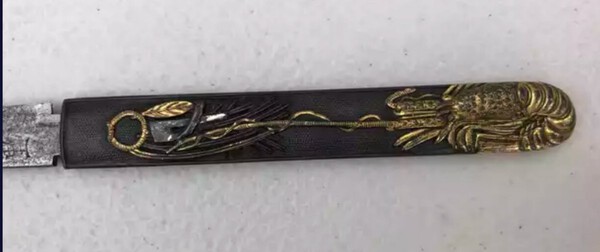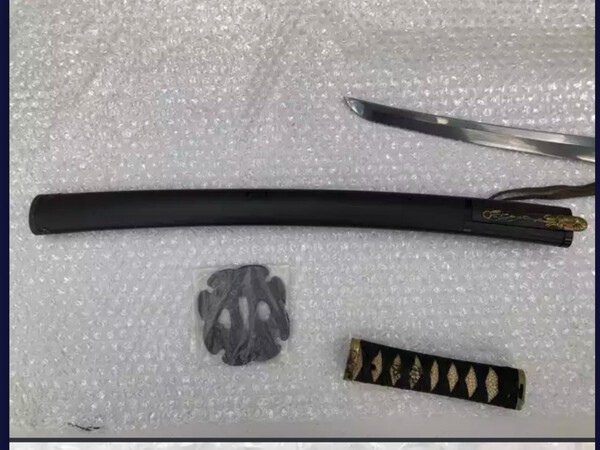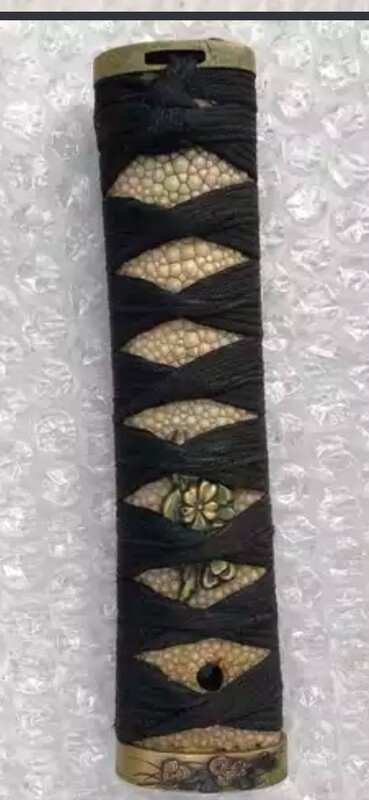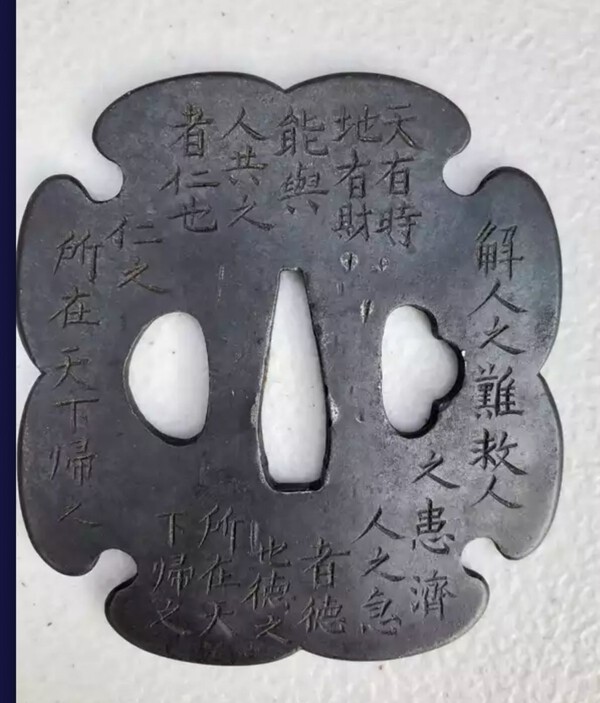-
Posts
13,055 -
Joined
-
Last visited
-
Days Won
157
Content Type
Profiles
Forums
Events
Store
Downloads
Gallery
Everything posted by Bruce Pennington
-
Toyotomi on a Kaigunto Don't know the significance of the 3 horizontal lines Found on fleabay by John (PNSSHOGUN)
-
It's the right length for a blade that was cut in half after the war. Thousands were cut in half.
-
Adding one for George Trotter, who is still having trouble with the new site software - an April 1942, by Masakazu. Dec '41 is still our earliest, but this one is up there with the earliest.
-

Japanese Type 95 Sword for NCOs
Bruce Pennington replied to Shamsy's topic in Military Swords of Japan
Fascinating, and quite significant discovery happening over on the Warrelics thread about Type 95 history. The last couple of pages reveal that there was a large warehouse supply of Type 32's when the type 95 was being introduced. These 32's were being converted to Type 95s!!! There may have only be a few thousand converted, so they are quite rare (in-line with copper and side-latch numbers). https://www.warrelics.eu/forum/Japanese-militaria/short-development-history-type-95-gunto-676112-19/ -
Could be a Kamikazi knife. I know this label gets thrown around too often like the "pilot/tanker sword" term. But they DID exist. Just a matter of trying to determine if this one was made for that purpose of not. Might not be able to know. A couple can be seen here: http://ohmura-study.net/767.html
-

Why are Mon so rare on Kai Gunto?
Bruce Pennington replied to PNSSHOGUN's topic in Military Swords of Japan
Trystan, I think mine fits your idea. It has a leather saya cover over the sharkskin saya, meaning it was likely carried by an officer stationed on land, like one of the islands maybe. -
Stamps Doc 5.3 Adds the Category 2 downgrade Cleans up the Star stamp discussion Replaced a missing Roman numeral picture Enlarges and straightens photos where possible. Stamp 5.3.pdf
-

Wooden Insert For Nco Gunto Scabbard
Bruce Pennington replied to BANGBANGSAN's topic in Military Swords of Japan
Nice job Rob! I hadn't watched the videos before, but just did, very interesting. And I see what you mean, the whole saya being wooden would be thicker. The thinner liner has less room for error. -

NEW SOFTWARE and UPDATES
Bruce Pennington replied to Brian's topic in Forum Technical Details and Maintenance
Update: Problem solved! I don't know how I saw it, but in my Firefox webaddress window, there was a little "150", as in magnification! I clicked on it and it went away, and VIOLA, my lovely NMB experience went back to normal! -
Thanks Neil! The kaigunto list is growing!
-

NEW SOFTWARE and UPDATES
Bruce Pennington replied to Brian's topic in Forum Technical Details and Maintenance
Brian, I'm on a Windows 10 ASUS laptop. I had clicked on a photo, then clicked again to enlarge. Then I closed with the X. When it came out, I'm in the mobile look, and can't figure out how to get back to the desktop look (which admittedly isn't that different, but the mobile look on my laptop makes the print much bigger than I like). -
Eric, It's a way of numbering things without the numbers getting to high. If a guy makes 10,000 blades over 7 years, he could number them from 1 to 10,000 over time. Or he could start over at some predetermined number, like 4,000. So the first 4,000 numbers are without kana. Once he is ready for blades 4,001, he leads with a katakana and starts over a "1". Once that line gets to "Kana" 4,000, then he picks the next katakana in series and starts at "1" again. Mantetsu did this pervasively, keeping most lines of numbering in 3-digits.
-

NEW SOFTWARE and UPDATES
Bruce Pennington replied to Brian's topic in Forum Technical Details and Maintenance
Brian, First, if you're reading this, you are incredible! Back surgery, can't hardly move, but you're keeping up with our posts! Dude!!! So, if you ARE reading this - my view seems to jump to the mobile version after I click on pictures and return. Then I can't figure out how to get back to the desktop version. -

Why are Mon so rare on Kai Gunto?
Bruce Pennington replied to PNSSHOGUN's topic in Military Swords of Japan
Possibly it is simply because of numbers of army officers vs numbers of navy officers? We see many more army gunto on the market than kaigunto, so we would come across less kai with mon. Maybe one of our members that specializes in kai would have some insight. Didn't we have someone who's avatar was "Kaigunto"? (tried a search but came up empty) I have one on a kai with a mumei Muromachi blade. Ha, now you're going to get flooded with examples! -
I've updated the charts with the Fuller Survey data. Both the Cox and Fuller surveys used vast numbers of oshigata (Cox 426; Fuller 920). Cox stated that half (213) of those observed had stamps. Fuller didn't say, but assuming his was the same, then only 16% (77) of the Fuller blades, with stamps, were dated. 21% (44) of the Cox blades, with stamps, were dated. Most stamped blades are without dates. Small changes: -- We see a 3 year overlap of the Showa and Seki stamps - 1940 through May 1942 (which refines the previously held "early 1942" end of the Showa stamp). stamp survey (1).pdf
-
I have only seen (via pictures) one Meiji era Type 8, ever, but it was like the ones seen in Dawson's book, pages 30-31. He has a close one, thought to be custom made on pages 40-41, but there are differences. Of course, all Type 8s, 19s, and Kyugunto had multitudinous variations, so it is possible Dawson's is simply a shop variation of this model. But the short answer is - no haven't ever seen one. Interesting bit of history there!
-
But does it have a Saka stamp? interesting though, the kanji appears (blurry) to be the square,
-
It is interesting to see that a single Smith is using such a numbering system. I know we have seen numbers with other Smiths, but this is a pretty large number of blades he has been numbering.
-
Thanks Thomas and Eric! Eric- Thanks, another Nagamitsu. I'm sensing a trend!
-
Thanks Thomas! I told you my search skills are bad!!! So, Dave - After checking the thread, Nick didn't provide the document, simply quoted from something.
-
Dave, For the life of me, I can't find the thread this was discussed on Warrelics.
-
A waki with an undated blade, made by Masayasu of Bishu. Here: https://forums.gunboards.com/showthread.php?1164369-Help-with-A-Short-Samurai-Sword
-
Thanks Kyle, I was just about to update: Got 2 anonymous readings that both agree that it's: "別上 (betsu-jō) It is used on knives to indicate solid steel construction. I'm not sure what it means on swords, but it could plausibly have the same connotation."
-

translation Translation for alleged WW2 Officer Sword
Bruce Pennington replied to SomeAussie's topic in Translation Assistance
-
Yes, Dave, that's a good example. No stippling on the kabutogane and haikan (ashi), and blackened. To be in full compliance, there would be no blossoms on the fuchi and koiguchi either, but like you say, they were using what they had at the time. Nice one Dave!


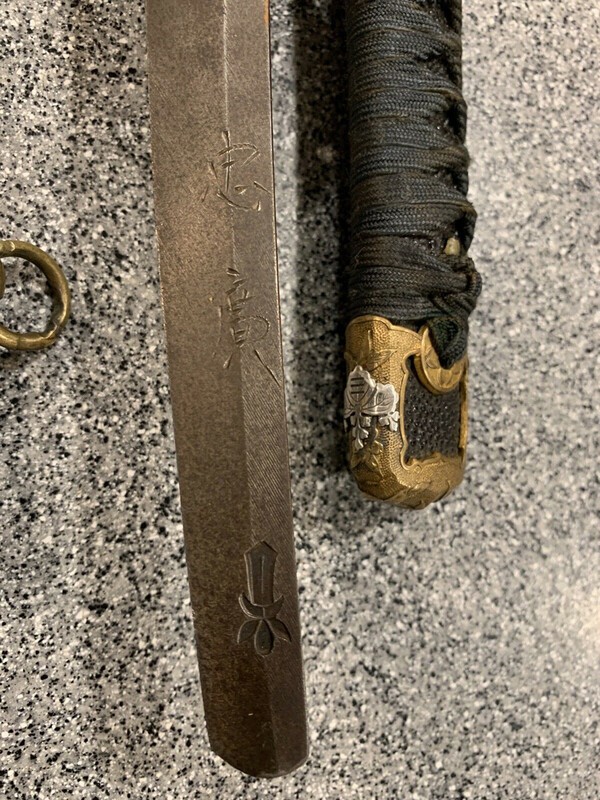
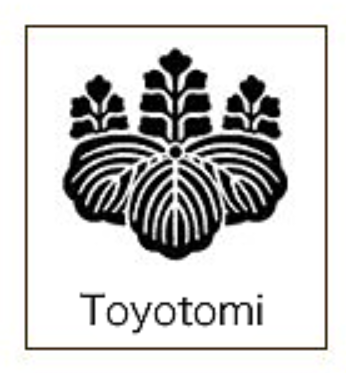








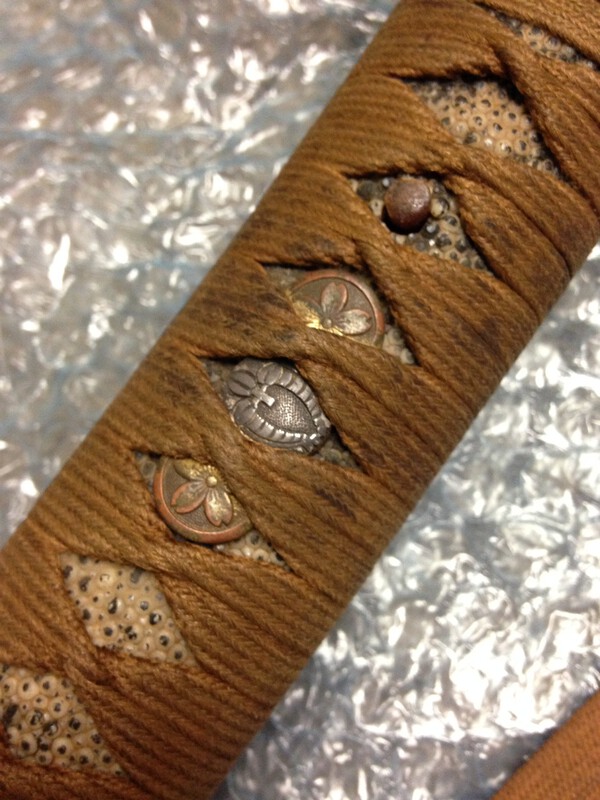

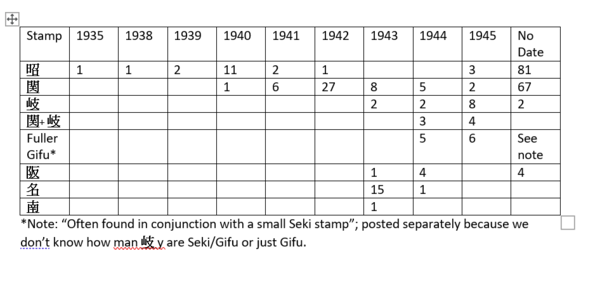
.thumb.jpg.b90ade9e71386874d7db2e8dd66ae349.jpg)
.thumb.jpg.9307f38cf94d46a4fbefcf5b82a05502.jpg)
.jpg.3864d713769ddc7e38ed86238b55db63.jpg)
(2).thumb.jpg.1bb417dc0950cd0248283bbe5f69bf68.jpg)


